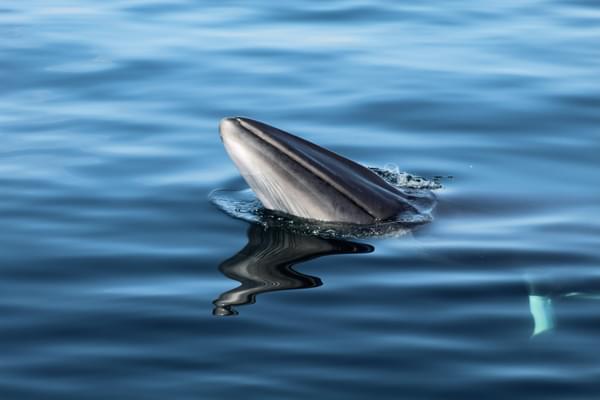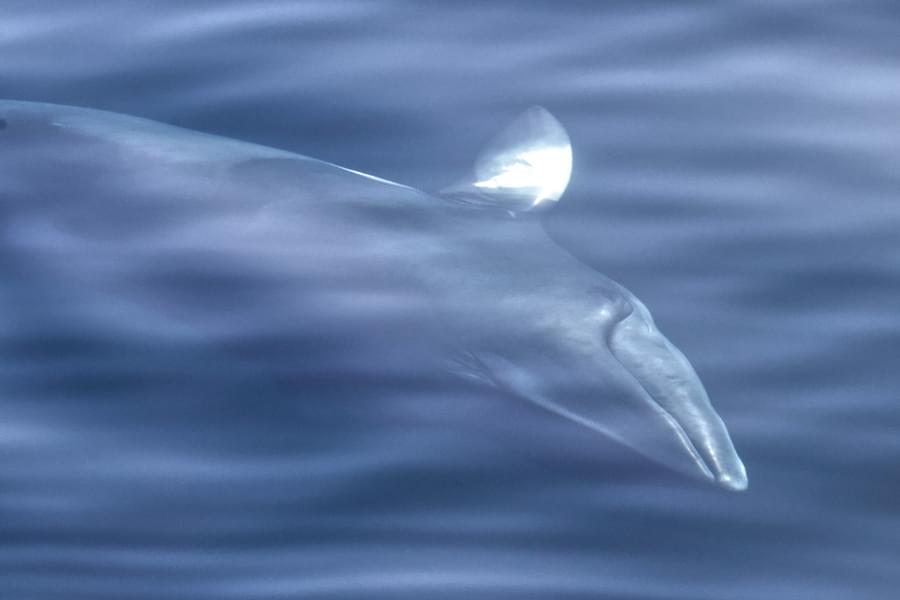As the 2025 Norwegian whaling season begins and the first minke whale has already been caught, the shadow cast by last year’s grim statistics grows darker. In 2024, Norway’s whalers killed 301 female minke whales — and more than half of them were pregnant. That means at least 170 unborn calves were lost before they ever had the chance to swim free. This isn’t just a tragedy — it’s a warning sign, a stark reminder that the cost of whaling is not only immediate but generational.
Norway remains one of the only countries in the world that continues commercial whaling, despite a global moratorium put in place by the International Whaling Commission (IWC) in 1986. Norway objects to the ban and sets its own quotas and this year has upped the number to 1,406, an increase of 249, despite the fact that just 2% of Norwegians even eat whale meat (down from 4% in 2019).
But these are not just statistics. The death of every pregnant whale is a double-death. So why are so many of the whales caught female? And why are so many of them pregnant?
Pregnant females may be easier to hunt. Pregnancy can slow a whale down, making them less agile and more vulnerable to harpoons. Others suggest that these females may congregate in feeding grounds where they try to build up fat reserves to support their growing calves — areas that may also be targeted by whaling vessels. Whether it’s by chance or by design, the result is the same: the repeated targeting of the most reproductively important segment of the population.
This raises a critical conservation question — how can a practice be sustainable, let alone ethical, when it disproportionately targets pregnant animals?
No matter how the arbitrary, self-allocated quotas are set or how the industry frames it, the continued killing of pregnant whales undermines any claim of sustainability. Whales are long-lived, slow-reproducing animals. Minke whales may only give birth every other year, making each calf vital to the population's future. When pregnant females are taken from the sea, it doesn’t just reduce the current population — it compromises the next generation.
And for what? Norway’s domestic market for whale meat has shrunk drastically. Consumption is down, and much of the meat ends up as pet food or exported, so this certainly isn’t about feeding the people. But Norway doggedly sticks to the line that whaling “provides healthy and locally sourced food.”, while offloading some of its domestically unappetising catch to the Japanese market.
And that really sums up what all this is about - preserving a dying industry propped up by subsidies and stubbornness.
The 2025 season is just beginning, but it’s never too late for change. Norway needs to accept the obvious, stop hiding behind outdated tradition and face the truth: whaling — especially the slaughter of pregnant whales — is indefensible.

Despite commercial whaling decimating whale populations globally for over a hundred years, there are still countries which think it is acceptable to hunt and kill whales for profit. Our work plays a vital role in helping to put pressure on UK and other governments to drive an end to commercial whaling globally, so please support us at www.orca.org.uk/donate to help us continue this important work.

